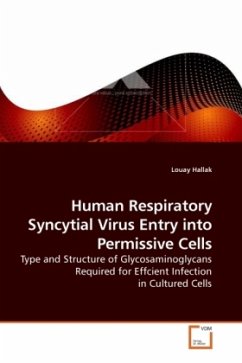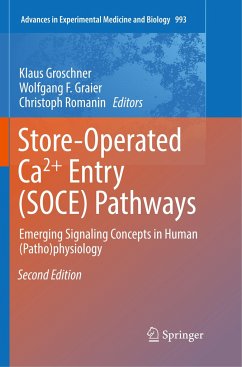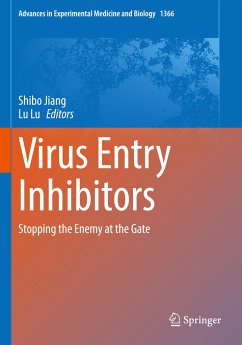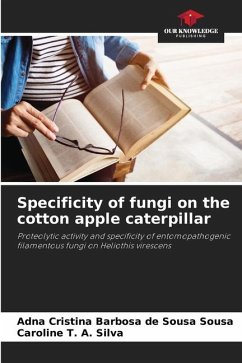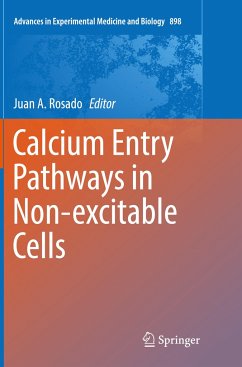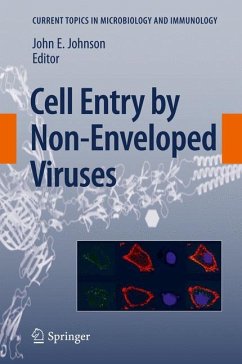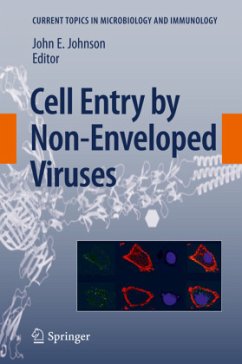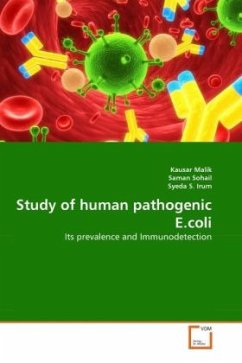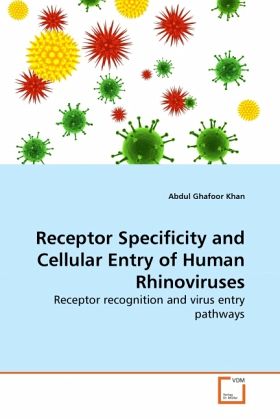
Receptor Specificity and Cellular Entry of Human Rhinoviruses
Receptor recognition and virus entry pathways
Versandkostenfrei!
Versandfertig in 6-10 Tagen
39,99 €
inkl. MwSt.

PAYBACK Punkte
20 °P sammeln!
Human rhinoviruses (HRVs), the major cause of the common cold, are classified into two groups on the basis of receptor specificity. Minor group HRVs use members of the low-density lipoprotein receptor (LDLR) super-family while major group types bind to intercellular adhesion molecule-1 (ICAM-1). Here we provide evidence that there is a increasing trend for the involvement of heparan sulfate (HS) proteoglycans as an alternate receptor. Concerning virus entry, where minor group HRVs depend on clathrin-mediated endocytosis, the pathway of major group HRVs and that of HS-binding viruses is largely...
Human rhinoviruses (HRVs), the major cause of the common cold, are classified into two groups on the basis of receptor specificity. Minor group HRVs use members of the low-density lipoprotein receptor (LDLR) super-family while major group types bind to intercellular adhesion molecule-1 (ICAM-1). Here we provide evidence that there is a increasing trend for the involvement of heparan sulfate (HS) proteoglycans as an alternate receptor. Concerning virus entry, where minor group HRVs depend on clathrin-mediated endocytosis, the pathway of major group HRVs and that of HS-binding viruses is largely unknown. Combining immunofluorescence technique with electron microscopy, dominant negative mutants and pharmacological inhibitor assays, we demonstrate that the major group virus (HRV14) enters via dynamin- independent macropinocytosis into RD-ICAM cells whereas virus entry into RD cells via HS exhibits similar characteristics with respect to co- localization with endocytic markers and pharmacological inhibitor profiles. However, this virus entry is dependent on functional dynamin and viruses accumulate in comparatively larger vesicular structures.



